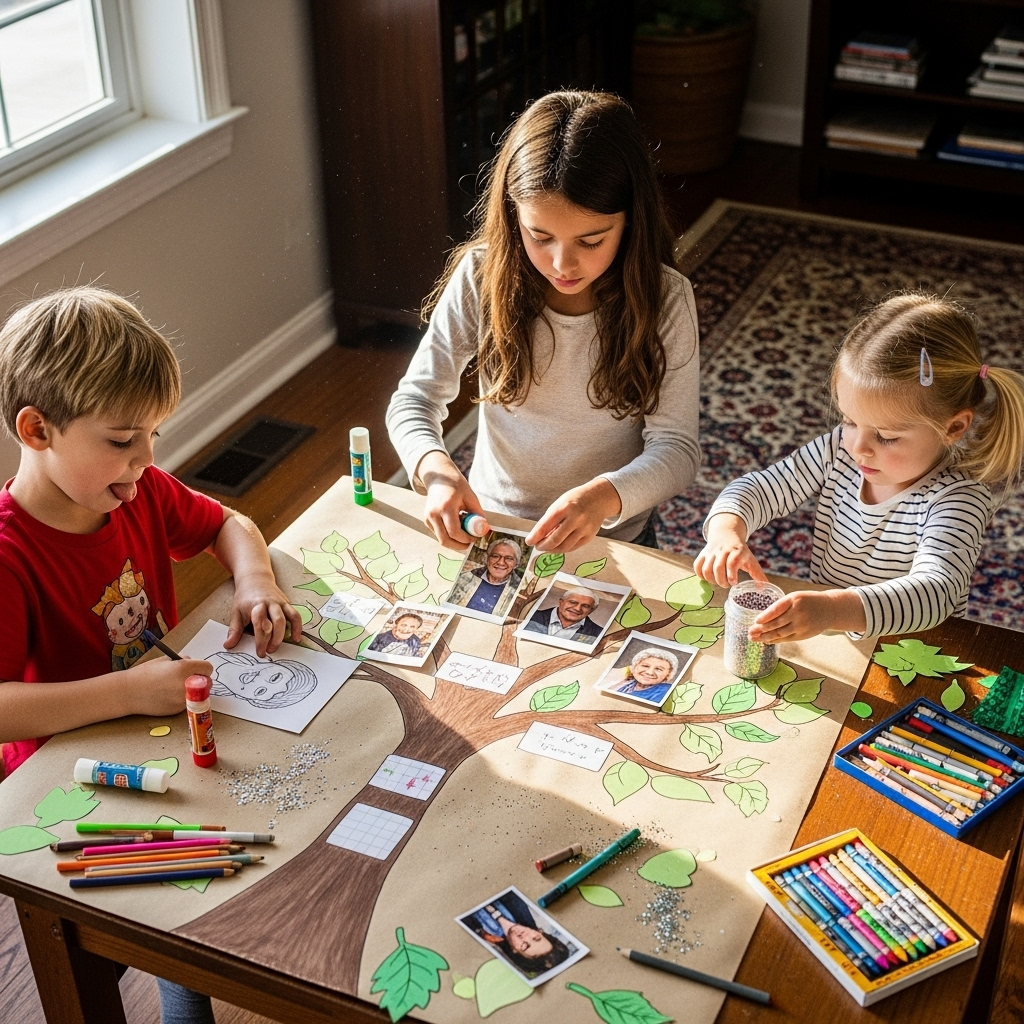Preserving Lineage: From Sacred Ledgers to Digital Futures
It began with a simple school project.
“What does our family tree look like?” my child asked.
The question was ordinary, yet it struck me deeply. Unlike many, I knew exactly where to find the answer—stretching back centuries. Not in a forgotten attic or faded photograph album, but in the sacred genealogical ledgers of Haridwar, which I myself had signed multiple times after the passing of close relatives.

The Sacred Tradition of the Vahis
In Hindu custom, the final funeral rite—Asthi Visarjan, the immersion of ashes—is not only a spiritual act but also an act of preservation. After each ritual, the pandas (priests) bring out immense handwritten ledgers, known as Vahis.
These books are no ordinary records. Each family has its designated volume, updated meticulously during every ceremony. My own signatures are but the latest strokes in a narrative carried forward for generations. Lineages unfold across these pages, tracing ancestry in a way few cultures have managed to preserve so faithfully.
Over centuries, the families of these priests have acted as living archivists, safeguarding one of the world’s most extensive and continuous genealogical databases.
Fragility of a Priceless Archive
But this treasure is fragile. Having turned those pages myself, I know the delicate texture of paper that has survived hundreds of years. Time, moisture, and handling slowly erode them.
For families scattered across the globe, this history is not easily accessible. One must journey to Haridwar or similar holy sites to glimpse their place in these ledgers. And as the number of priests with the knowledge to interpret these records dwindles, so too does the accessibility of this living history.
Technology as a Bridge, Not a Replacement
This is where modern technology can step in—not to replace the sacred essence, but to protect it.
- Digitization: High-resolution scans of every ledger page could ensure the texts survive beyond physical decay.
- Optical Character Recognition (OCR): With specialized training, AI could decipher the intricate, often fading handwriting.
- Natural Language Processing (NLP): AI could analyze the data, extract names, dates, and relationships, and automatically map them into interconnected family trees.
Such innovations would create a searchable, enduring digital archive, one that can be explored by future generations without risking the loss of fragile manuscripts.
A Legacy for Future Generations
This vision is not about diminishing the role of the pandas, nor about reducing the ritual of Asthi Visarjan to a mere data-entry exercise. Rather, it is about honoring their centuries of work by ensuring it lives on.
So that when the next child asks, “Where do we come from?” we can show them not just names and dates, but their place in a story carefully documented across centuries—now preserved by the very tools of our age.